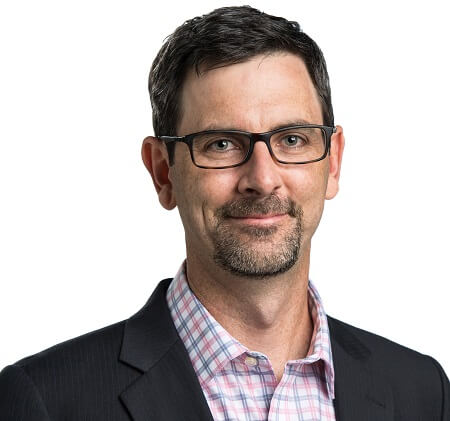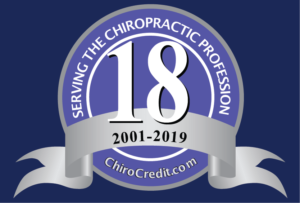
March 8, 2025
This review by Farabaugh et al. compared the costs of chiropractic versus medical care for the management of spine-related musculoskeletal pain in U.S. adults. The team identified 44 high/acceptable-quality studies and found that care provided by chiropractors consistently resulted in fewer downstream services related to opioid prescriptions, surgeries, imaging, ER use, and hospitalizations. Patients initiating care with chiropractors experienced substantially lower overall healthcare costs. Further research using higher-level study designs is recommended to corroborate these findings.
These findings prompt a reconsideration of healthcare policies and benefit designs. Given the growing recognition of chiropractic care’s role in the medical landscape, it is increasingly evident that chiropractors integrated into healthcare teams could yield substantial financial savings for patients and systems. To align with the evolving trends in healthcare, it may be advantageous for U.S. healthcare organizations, third-party payers, and governmental agencies to explore avenues for reducing barriers to accessing chiropractic services. By embracing this shift, we can enhance patient outcomes while optimizing healthcare expenditure for management of musculoskeletal pain.
This paper is available open access (for free) on the journal website: CLICK HERE Please read it and share it with stakeholders in your local region. This work was supported in part by the Clinical Compass and the NCMIC Foundation.
Clinical Compass is a chiropractic clinical and research collaborative that generates best practices research through consensus-based models. In addition, Clinical Compass maintains regularly updated evidence centers for 17 different clinical topics such as dry needling, opioids, and cost-effectiveness. To support the work Clinical Compass, please go here: Donate – The Clinical Compass

Citation: Farabaugh R, Hawk C, Taylor D, Daniels C, Noll C, Schneider M, McGowan J, Whalen W, Wilcox R, Sarnat R, Suiter L, Whedon J. Cost of chiropractic versus medical management of adults with spine-related musculoskeletal pain: a systematic review. Chiropr Man Therap. 2024 Mar 6;32(1):8. doi: 10.1186/s12998-024-00533-4. PMID: 38448998; PMCID: PMC10918856.
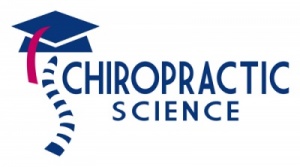
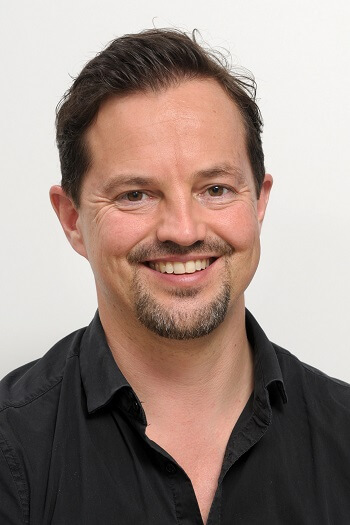
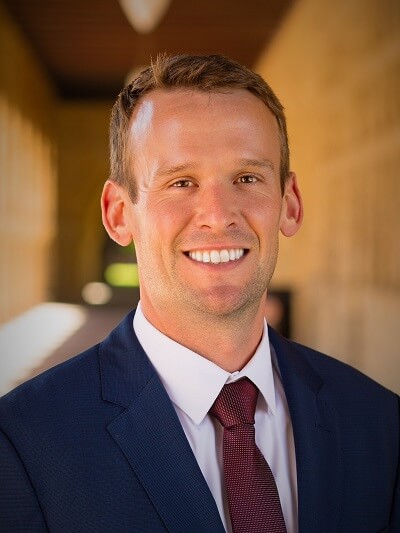
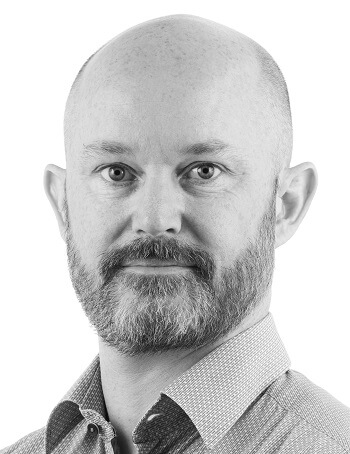
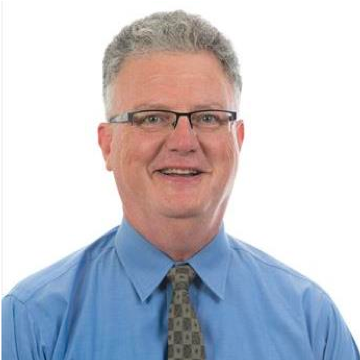
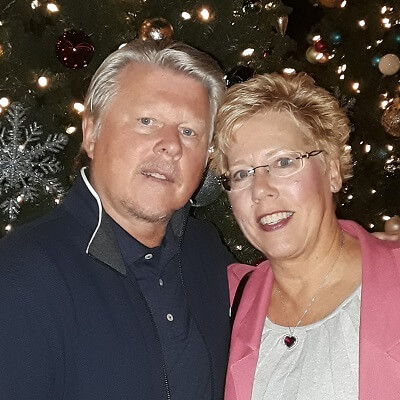
 Chiropractic care can be complicated for patients because of its specialized terminology for assessment, treatment plans, symptom trajectories, and potential for benign adverse events. One solution is for chiropractors to adopt functional health literacy, interactive health literacy, and critical health literacy into patient-centered chiropractic care. Health literacy empowers patients of all backgrounds to “read” and “listen” to their bodies, verbally communicate their thoughts and needs during the chiropractic visit, and access print and digital technologies to optimize their health outcomes. See here for our
Chiropractic care can be complicated for patients because of its specialized terminology for assessment, treatment plans, symptom trajectories, and potential for benign adverse events. One solution is for chiropractors to adopt functional health literacy, interactive health literacy, and critical health literacy into patient-centered chiropractic care. Health literacy empowers patients of all backgrounds to “read” and “listen” to their bodies, verbally communicate their thoughts and needs during the chiropractic visit, and access print and digital technologies to optimize their health outcomes. See here for our 